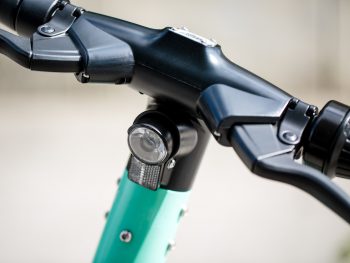Safety groups set out recommendations for e-scooters and riders
New recommendations on tackling rising deaths and serious injuries from increased e-scooter use in the UK and across Europe are now out.

The joint report calls for legislation on technical standards for e-scooters and recommendations for their use
Published today by the European Transport Safety Council (ETSC) and the UK Parliamentary Advisory Council for Transport Safety (PACTS), the report calls for legislation on technical standards for e-scooters and recommendations for their use.
These include a 20km/h factory-set speed limit and larger wheels for e-scooters, while passengers and pavement riding should be banned, helmets, compulsory helmets and a minimum age of 16.
The authors point out that the regulatory picture for e-scooters is currently mixed, with considerable variations across Europe in rules on minimum age, maximum power and speed, use of helmets and other aspects. And in the UK, planned laws to legalise private e-scooters have been delayed as the Government evaluates findings from trials of rental e-scooters started in July 2020.
The authors also urged for technical standards for e-scooters and recommendations for their use to be harmonised as far as possible.
Antonio Avenoso, executive director of the European Transport Safety Council, said: “E-scooters can play a role in sustainable cities of the future, which must prioritise the safety of vulnerable road users, using modes of transport that are much less risky to other road users than cars, vans and lorries.”
“So, while we think e-scooters should go at a safe speed, and their riders should wear helmets, it is also the responsibility of cities to put in place the kind of safe road environment, with a network of separate cycle lanes, and appropriate speed limits, that is essential to greater safety for all.”
PACTS executive director David Davies commented: “We are very pleased to work with ETSC on this report. E-scooters are a new mobility option in cities across Europe. In many countries, regulations are still catching up. PACTS and ETSC have set out the main safety implications for riders and pedestrians and the basic regulations needed for safe use.”
The report is available to access here.

